Paris’ Indiana Jones gets a bad rap. For pretty much its entire existence, the ride has been overlooked because of bigger coasters and better Indy-themed rides – but we think this odd little ride deserves more credit.
– In the past, many of our images have been posted, featured, and shared on forums, social media platforms and websites around the web. We work hard to provide the coverage that we do, and we encourage our audience to share our content and use our images, BUT ONLY IF proper credit is given to thecoasterkings.com. Thank you! –
For a ride that opened in 1993, it’s surprising to consider that pretty much the entire gestation of the project – from concept to ribbon cutting – happened after Disneyland Paris had already made its debut in 1992. The park was in dire straits from opening day, and nothing gets a company’s gears turning faster than strife.
Discovery Mountain – the working title for the project that would later become Space Mountain: de la Terre à la Lune – was an obvious choice when it came to greenlighting projects that would get people talking about about Disneyland Paris (or Euro Disney, as it was still known at the time). The Space Mountain concept, however, needed years of editing and developing before it could debut, and Euro Disney needed help as soon as possible – what is a company like Disney to do? In serious contrast to how they typically conduct business, Disney got to work on cobbling a major ride together in about one year.
From here, the story of how Indiana Jones came together is so outlandish, it’s hard to believe it really happened. Nearby Parc Asterix had Paris in its grip with Europe’s loopiest coaster, the Vekoma Goudurix; while a major step from Disney’s comfort zone, a looping coaster was all but necessary if Disneyland Paris was going to get any major attention. In perhaps the most unorthodox move in Disney parks history, Intamin was hired to build – of all things – an interpolation of Pinfari’s “TL59” traveling fairground looping coaster (albeit a sturdier, stationary version).
Indiana Jones et le Temple du Péril was an easy-to-build, cost efficient first step in what was originally intended to be a multi-attraction Indiana Jones area (see: Tokyo DisneySea’s Lost River Delta – but more on that later). Alas, the E-Ticket Indy dark ride never came, and Euro Disney’s commitment to the ride was virtually nonexistent: the hastiness of the ride’s culmination, coupled with uncertainty regarding many of Disneyland Paris’ projects, resulted in a “temporary” lifespan of five years for Indy, after which the possible reimagining or retirement of the ride would occur.
Indy might be the first documented “temporary” major attraction for Disney, but its unlikely success would ultimately set a precedent for other Disney coasters that may-or-may-not have been temporary – Mulholland Madness and Primeval Whirl – both of whom well exceeded the perceived shelf life of such off-the-shelf rides. Granted, Disney’s penchant for pennypinching plays a part Muholland’s reimagining into Goofy’s Sky School as well as Primeval Whirl’s uncanny 18-year run, but like Indiana Jones, the case can be made that the general public will attach themselves to some unlikely underdogs. Indiana Jones et le Temple du Péril was so successful that even the hype surrounding Space Mountain – literally the most advanced and expensive roller coaster ever built at the time – could not distract guests enough to keep queues at Indy from becoming unreasonably long once attendance for the resort improved.
With Indy’s five years up, Disney would once again blaze new territory with the unlikely ride: with new trains, updated scenery, and an endlessly marketable “ride backward!” gimmick, Disney’s first high profile “reskin” of an existing ride was born. Yes, the time-honored tradition that’s given us three total iterations of Paris’ Space Mountain and Tower of Terror alone (not to mention everything from Frozen Ever After to Soarin’ Around The World to Guardians of the Galaxy – Mission: BREAKOUT) appears to have begun with the still-financially-unstable Disneyland Paris’ need to recoup the expense of keeping Indiana Jones et le Temple du Péril around for longer than its prescribed life expectancy.
Indiana Jones et le Temple du Péril à l’envers!was – once again – a surprise hit that toppled early expectations. Unlike the original version, however, à l’envers was a much scarier (read: painful) experience, and the ride’s major boost in capacity (by swapping six, 8-passenger trains for seven, 12-passenger trains) quickly highlighted its “once and done” reception. With Space Mountain: Mission 2 stealing the limelight in 2005, Disney took the opportunity to quietly turn the Indiana Jones trains forward again, the backward gimmick having satisfactorily served its purpose for five years.
Over 15 years after Indiana Jones was restored to its forward-facing “factory settings,” the unassuming little coaster is still trucking along. Disneyland Paris continues to reinvest in the ride’s scenery and experience, and its 1600 riders per hour capacity keeps queues times relatively short despite its healthy following. As one of Disney’s earliest Intamin projects (and their first Intamin coaster), Indy helped propagate the blossoming company partnership would later give us classics like Indiana Jones Adventure and California Screamin’. The unstable environment surrounding the ride’s development – and the humble expectations for its performance – are especially ironic considering that Tokyo DisneySea, the ultimate pie-in-the-sky, money’s-no-object theme park experience, would select Indy to be cloned for their 5th anniversary celebration.
Raging Spirits, a Sansei-built, near-clone of Indy, would see a full complement of high budget scenery pieces, but lacks the squirrelly pacing and uninhibiting Intamin restraints of its predecessor. While the French needed a hair-raising experience just to get them through the gate, the typical Tokyo Disney Resort guest might hesitate before agreeing to ride at all; a slower average speed (achieved by harsher braking and softer wheels) helps keep Raging Spirits palatable for its audience.
What’s next for Indiana Jones – “the little coaster that could”? Another train refurb might be in order: rides in the front row are notorious for boxing the ears of its shorter patrons (although we think row 1’s loop forcefulness and surprise airtime in make up for it). More importantly, Paris’ Adventureland still deserves an additional E-ticket in the plot earmarked for Indy’s companion dark ride – what the ride might be is anyone’s guess, but a favorite theory is thelong-rumored Indiana Jones Adventure clone. Whatever the future holds for Indiana Jones et le Temple du Péril and its surrounding subsection of Adventureland, we can only hope that Indy’s cleverness and uncanny success is a continuing theme.
Special thanks to Marc Lacombe and Park Vault for helping inspire and develop this article.



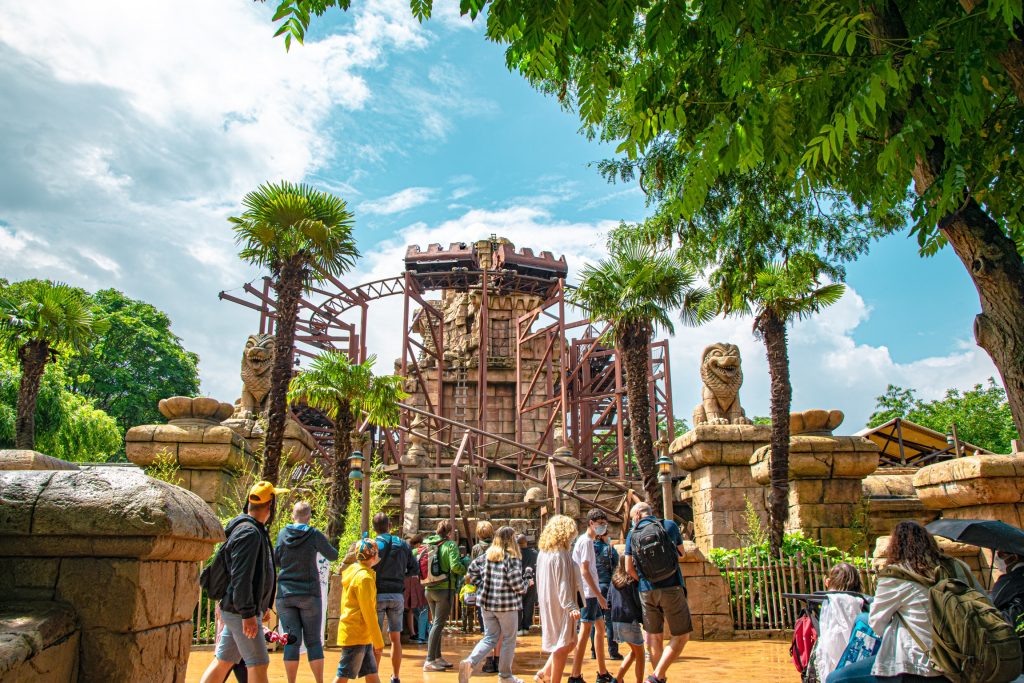
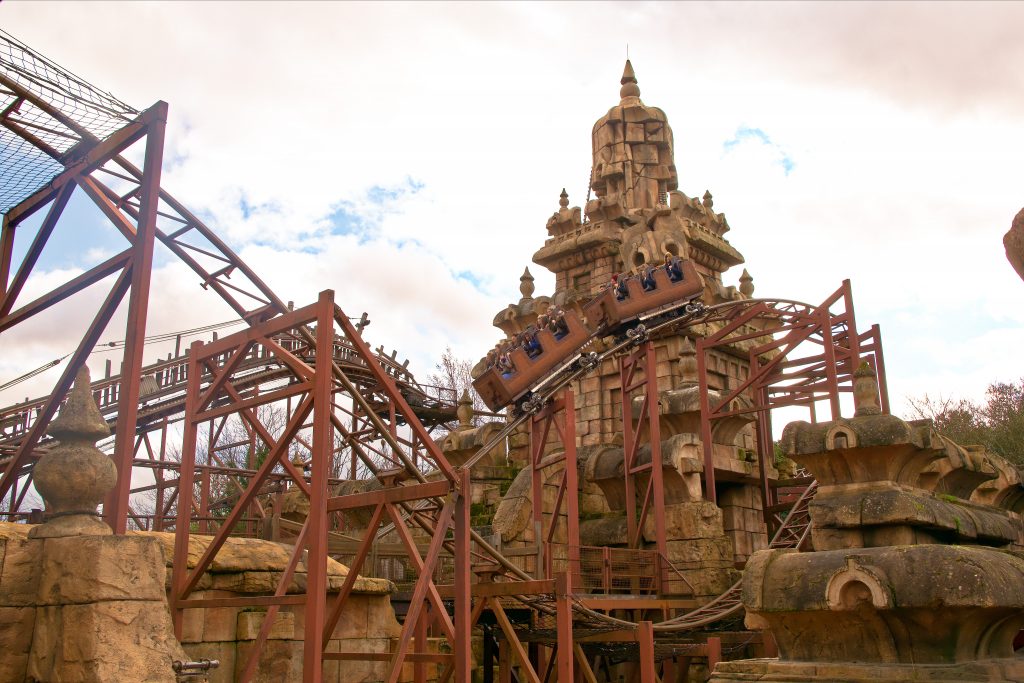
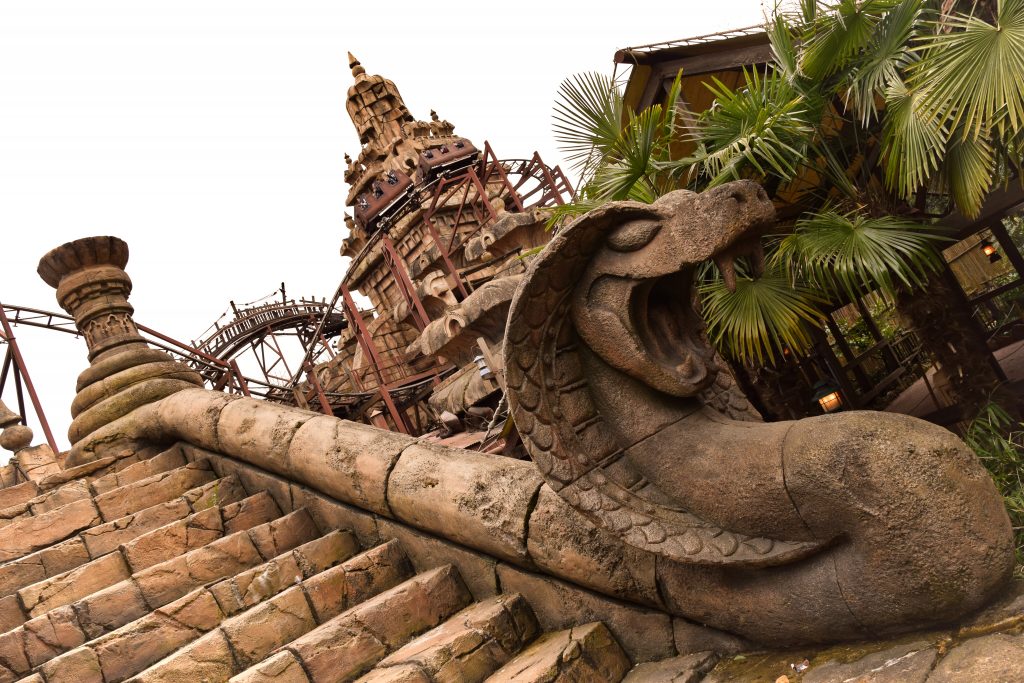
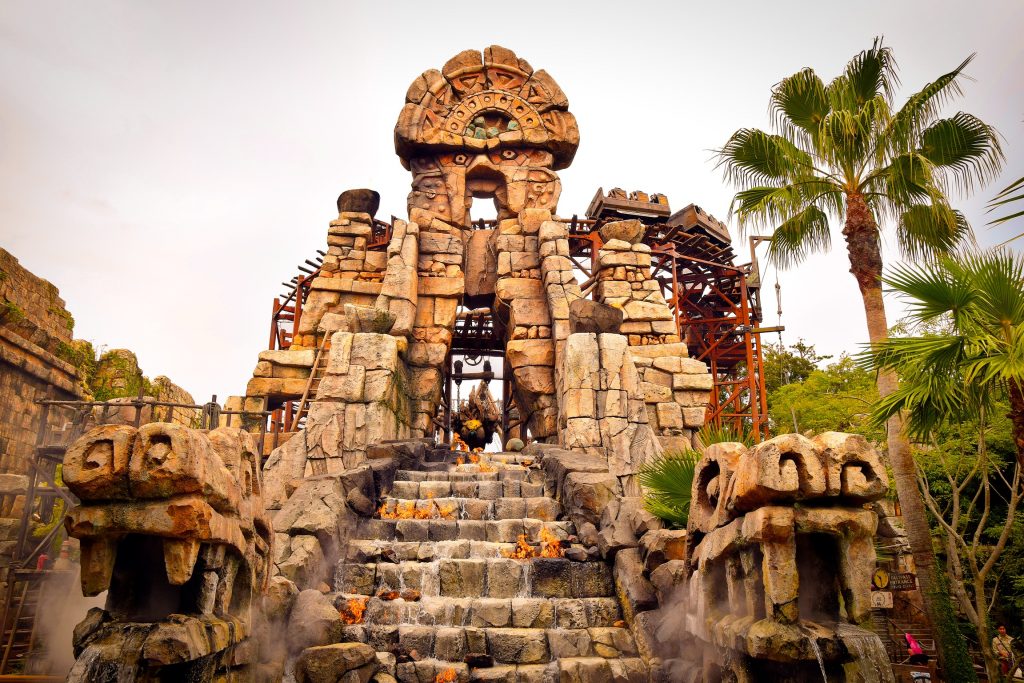
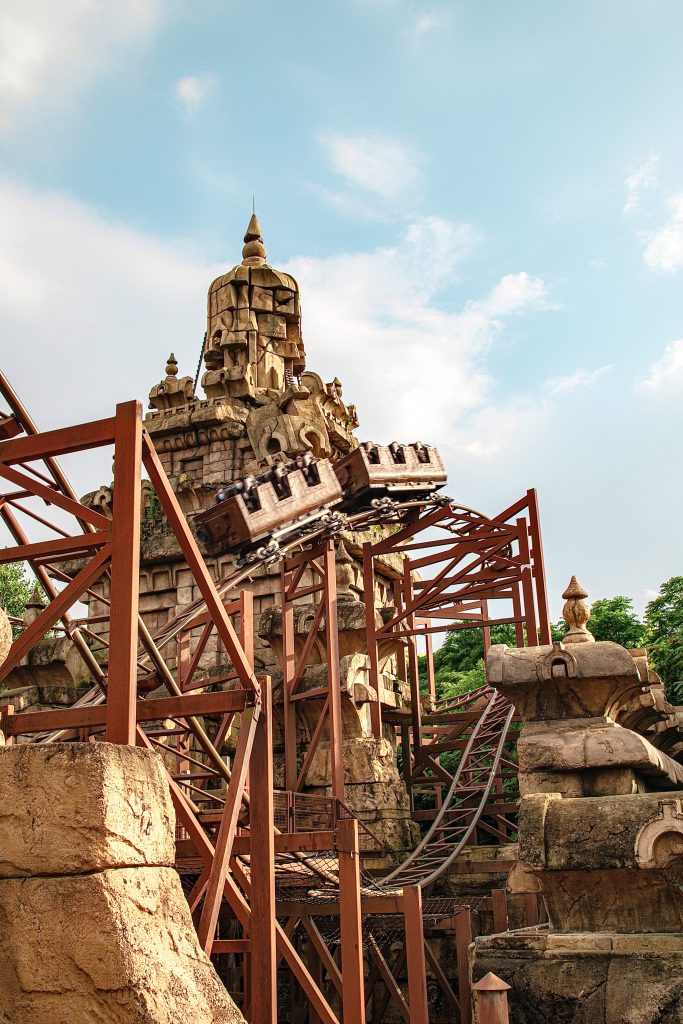
I absolutely loved reading your defense of Indiana Jones et le Temple du Peril! It’s refreshing to see someone appreciate the charm and thrills of this classic attraction. Your vivid descriptions really transported me back to the heart-pounding adventure. As a fan of both Indiana Jones and Disney, I couldn’t agree more with your assessment. Keep up the fantastic work in showcasing the magic of theme parks!
Warm regards,
Martin Williamson